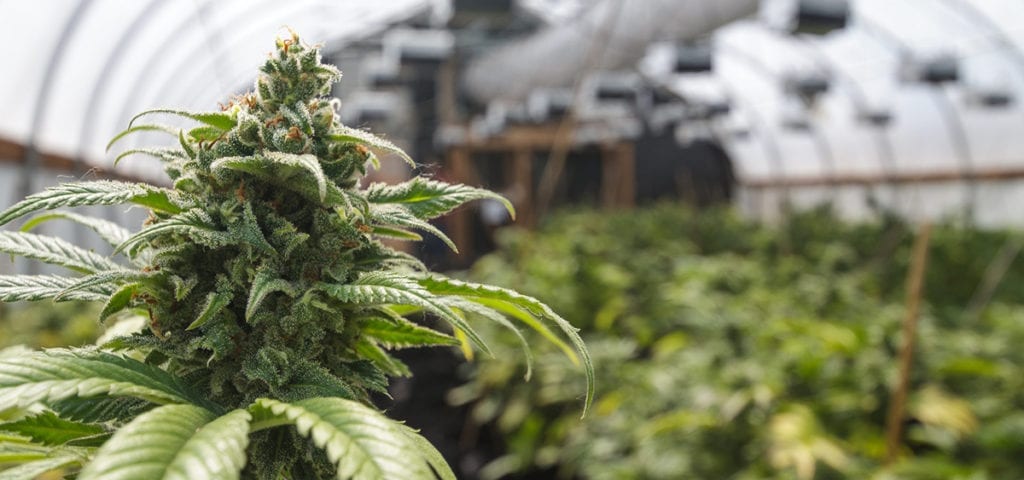Would-be cannabis industry operators in Canada will have to show that they have a fully built cultivation site that meets the nation’s cannabis production regulations before they can even apply for a license, Health Canada announced on Wednesday. The agency said the changes are an opportunity “to better allocate resources.”
Health Canada indicated that 70 percent of applicants who pass the initial paper-based review over the past three years for both medical and recreational licenses “have not yet submitted their evidence package to demonstrate to the Department that they have a built facility that meets the regulatory requirements.” The agency said they are using “a significant amount of resources” to review these applications, which is causing longer wait times for “more mature applicants.”
Currently, there are more than 600,000 square meters (1,968,504 square feet) of cannabis being cultivated for both the medical and recreational markets in the Great White North, which could yield 1,000,000 kilograms (2,204,623 pounds) of cannabis per year. The agency said those figures are “roughly equivalent to independent estimates of the total cannabis (legal and illegal) consumed in Canada.”
Since May 2017, Health Canada has licensed more than 129 new sites, which is nearly triple the number of licensees in the four years prior.
Last month, Statistics Canada reported that prices for both legal and illegal cannabis prices had jumped 17 percent since legalization, from C$6.85 pre-legalization to C$8.04 post-legalization.
Regulators are expected to make changes to the industry this fall including regulations for edibles, which are not currently available; changes to the physical security requirements; and updates for Good Production Practices.
Get daily cannabis business news updates. Subscribe
End
